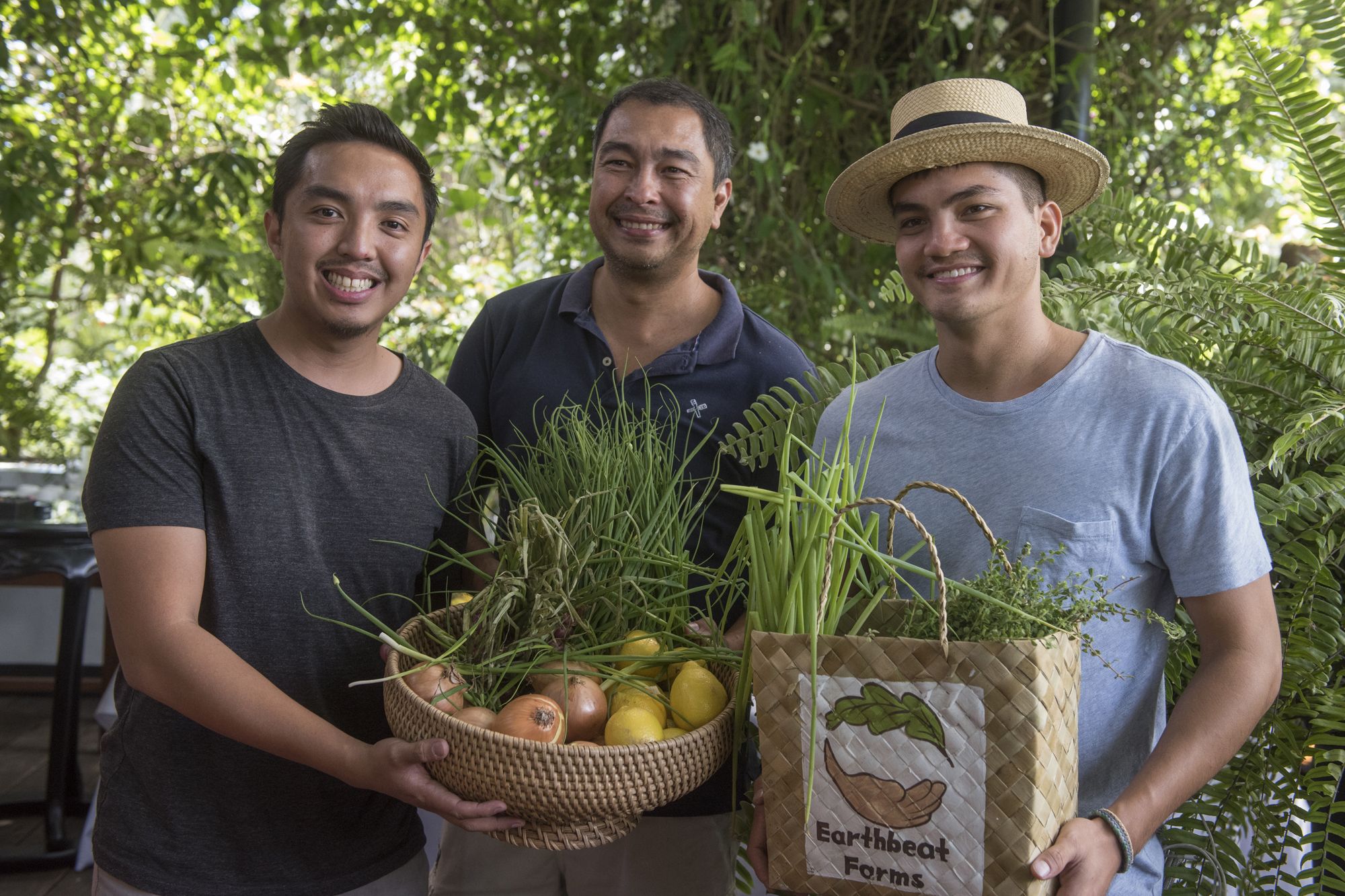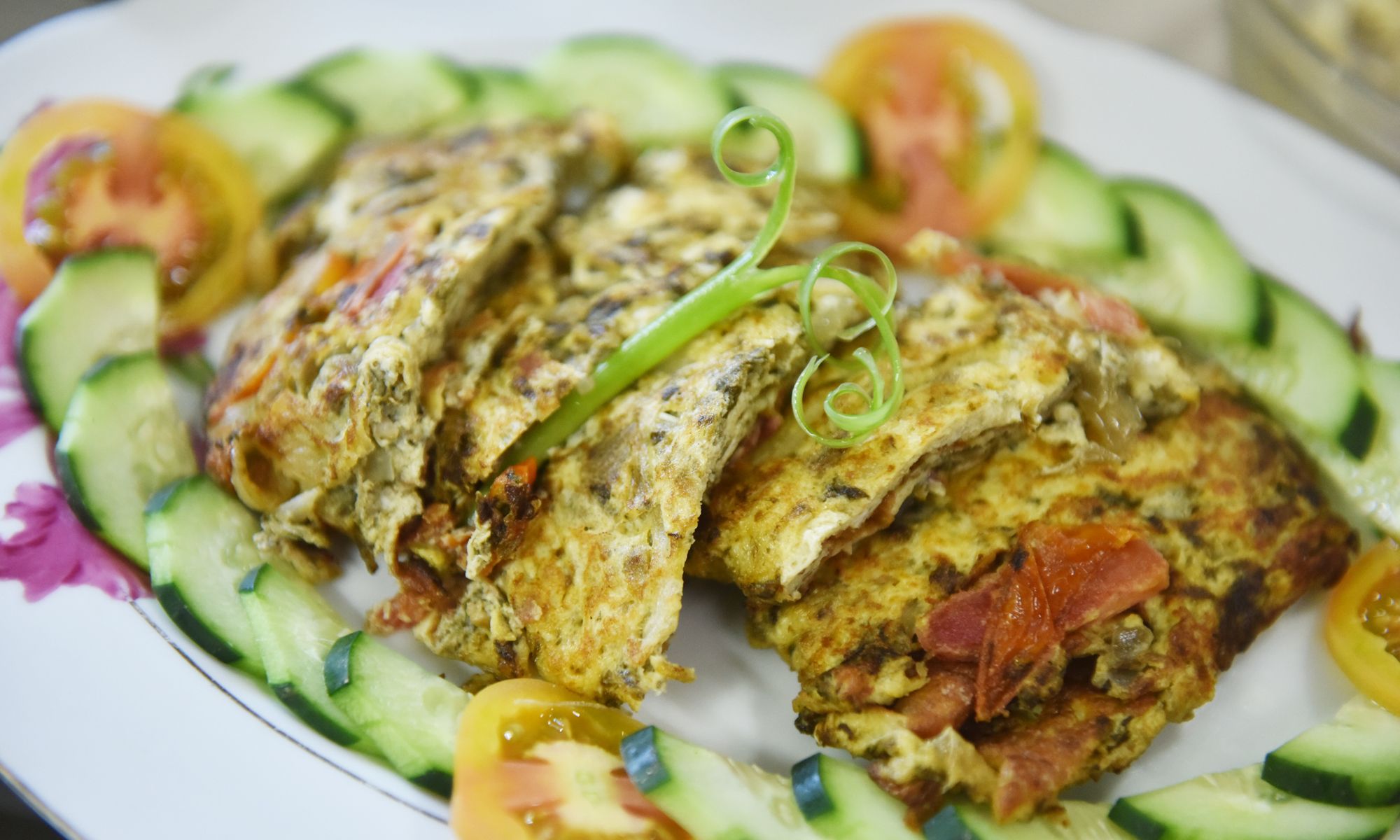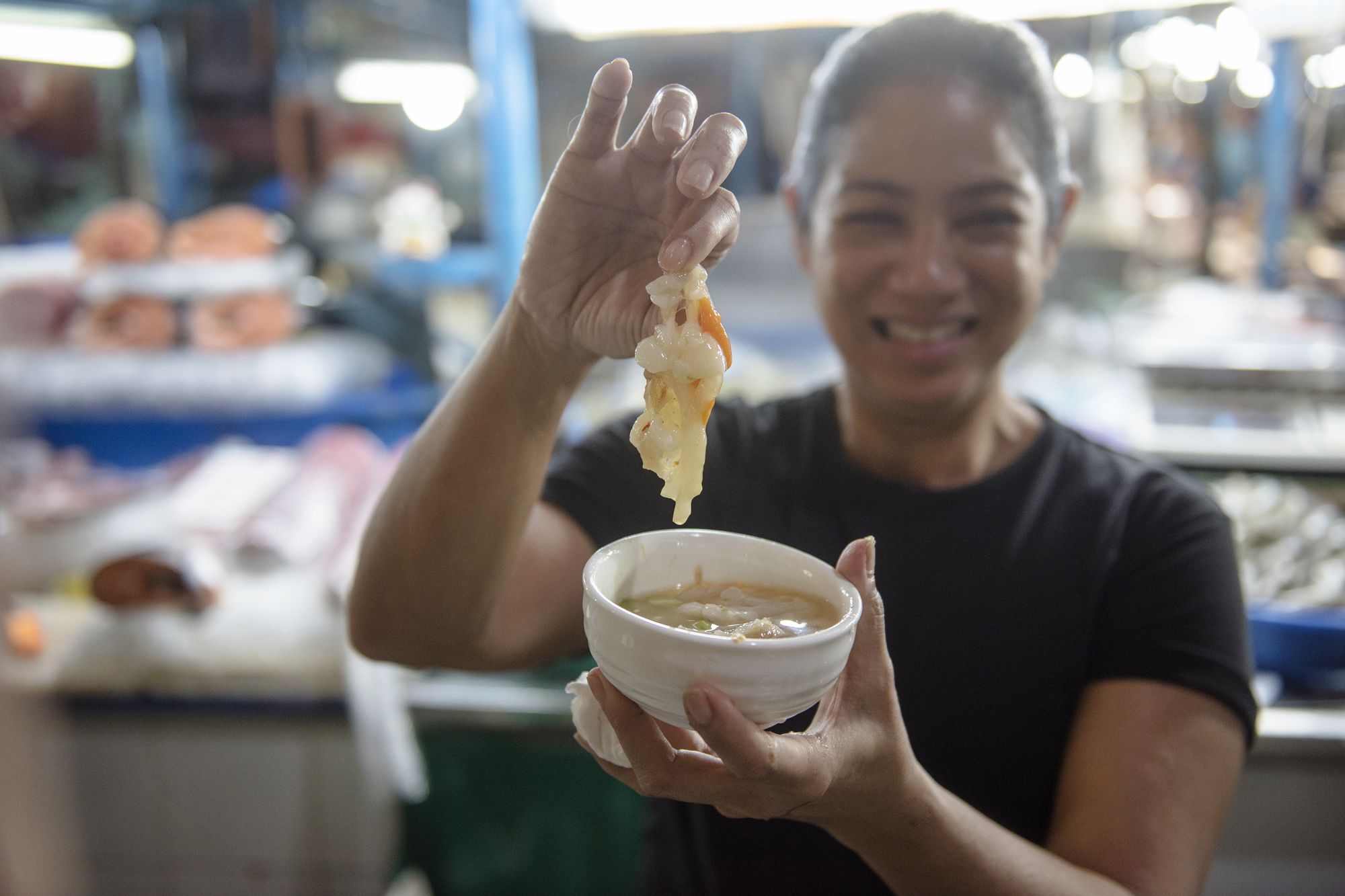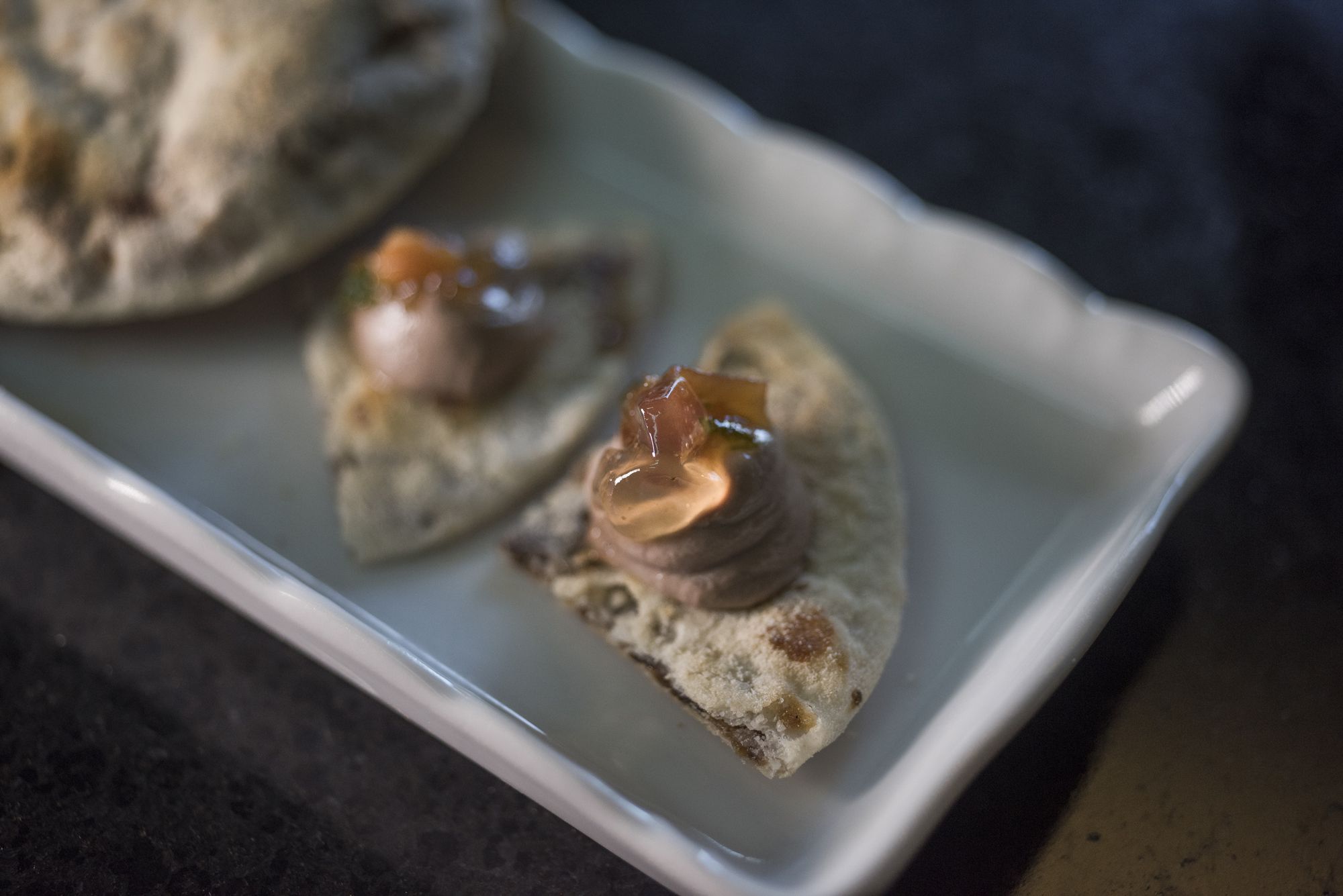Thanks to a charge of fiercely proud Pinoys, a thriving agriculture and a return to age-old food traditions, the Philippines is no longer simply on the sidelines in the story of its culinary identity. Photographs by George Tapan
To understand a culture is to taste it. And in the Philippines, there is an evolving cuisine of optimism and pride.
Over the course of four days it would become clear to us—a ragtag assortment of greedy food writers with varying experience of Filipino flavours—that the food culture of the Philippines is being excavated as much as it is undergoing an evolution. Thrillingly, there is a generation of chefs who are simultaneously redefining and rediscovering the pillars of the country’s culinary identity, channeling their curiosity and creativity into a vibrant dining scene where fermentation, organic farming and hip bars hidden behind convenience stores are just small parts of the whole.
Thrillingly, there is a generation of chefs who are simultaneously redefining and rediscovering the pillars of the country’s culinary identity, channeling their curiosity and creativity into a vibrant dining scene
Reflecting on my time in the Philippines, attempting to neatly wrap up my experience was futile. Yet there was one thought that would resurface time and time again: there is an infectious and overwhelming sense of optimism and pride, that surges forward despite whatever else may be stacked against the Philippines—socially, culturally or politically. It’s embodied through everyone we meet, from Raphael Teraoka Dacones, who left a steady job in Tokyo to promote organic farming in Pangasinan, to Mecha Uma's Bruce Ricketts, the 27-year-old chef and martial artist who weaves seasonal Filipino produce into his interpretation of Japanese traditions—including sushi—through the lens of a Californian upbringing. We understand what's at stake through the eyes of food writer JJ Yulo, who invites us to a potluck lunch where an Avengers-worthy line-up of young, passionate chefs such as Edward Bugia and Him Uy de Baron add freshness and innovation to their dishes.


It’s experienced through an energetic gastronomic gathering of up-and-coming young chefs and the Philippines’ cohort of farmers at the triumphant Tagaytay estate that is Antonio’s, where we witness firsthand the alchemy that occurs when talented cooks are supported by exceptional local produce, harvested in Silang a few short hours prior. I still remember Gerardo “Gejo” Jimenez, the former fencer and now owner of Malipayon Farms—supplier to many of Metro Manila's top restaurants—who still refers to himself modestly as a gardener, using the medium of free-flowing watercolours to illustrate his approach to biodynamic farming and permaculture.











